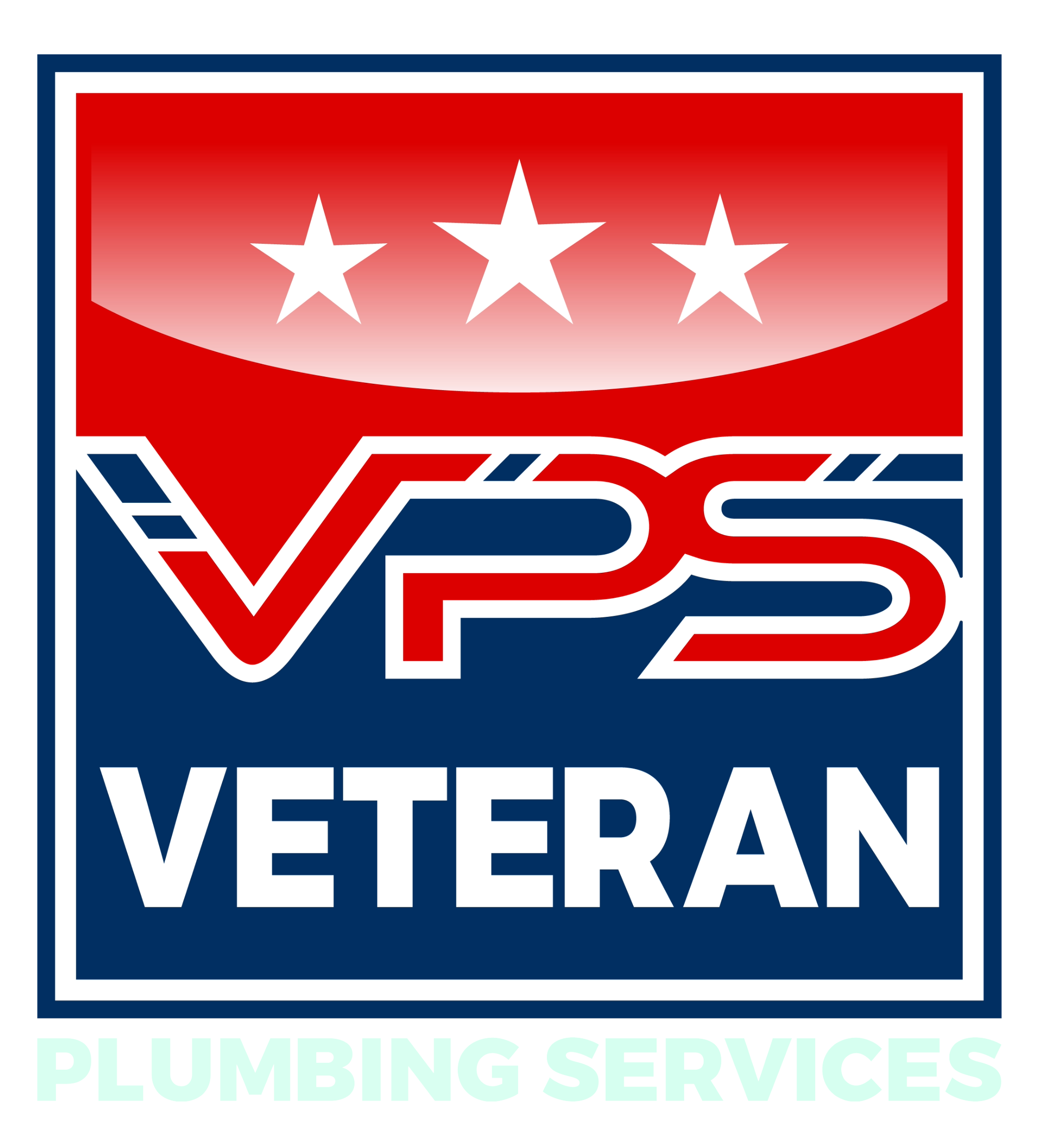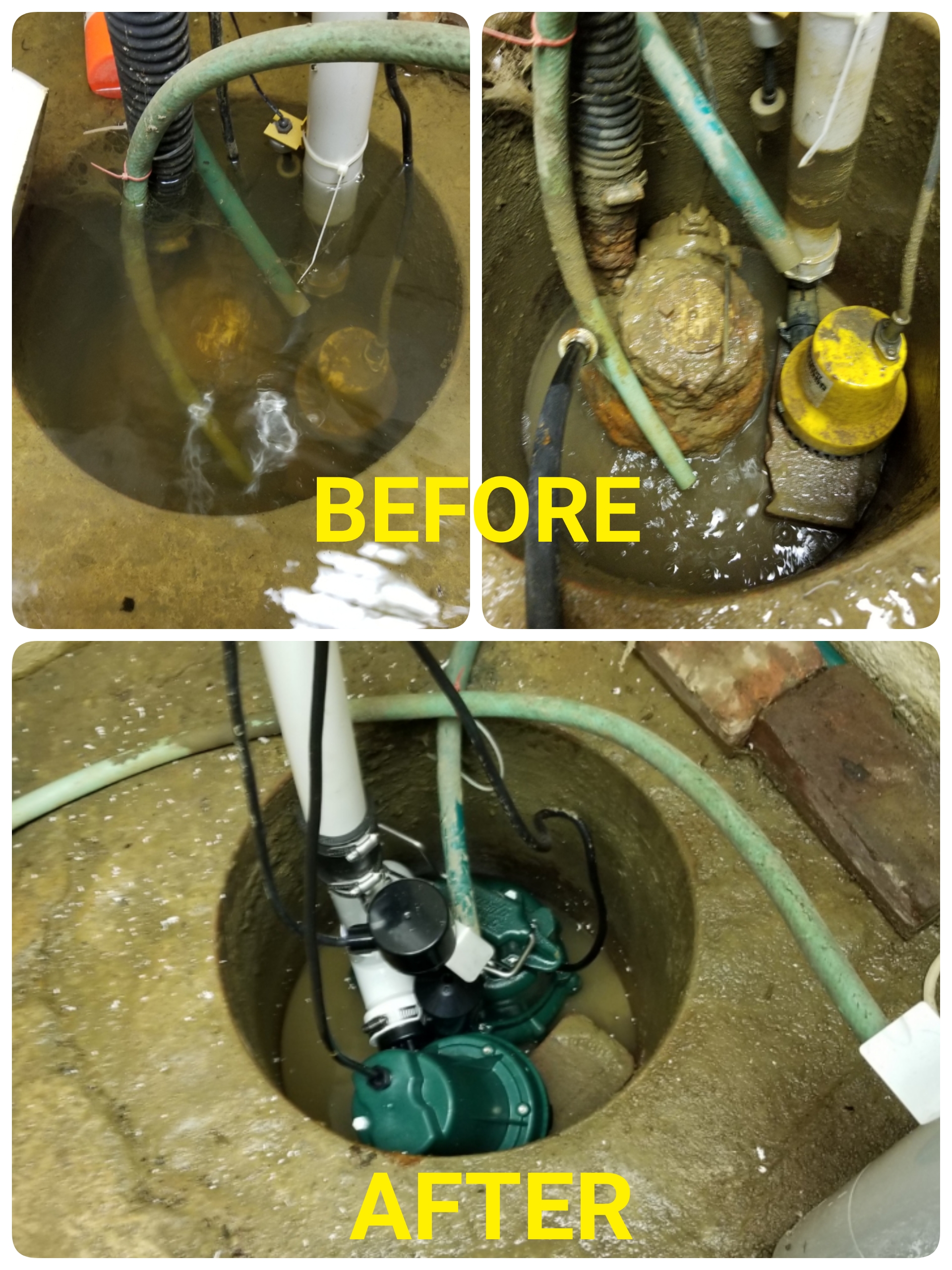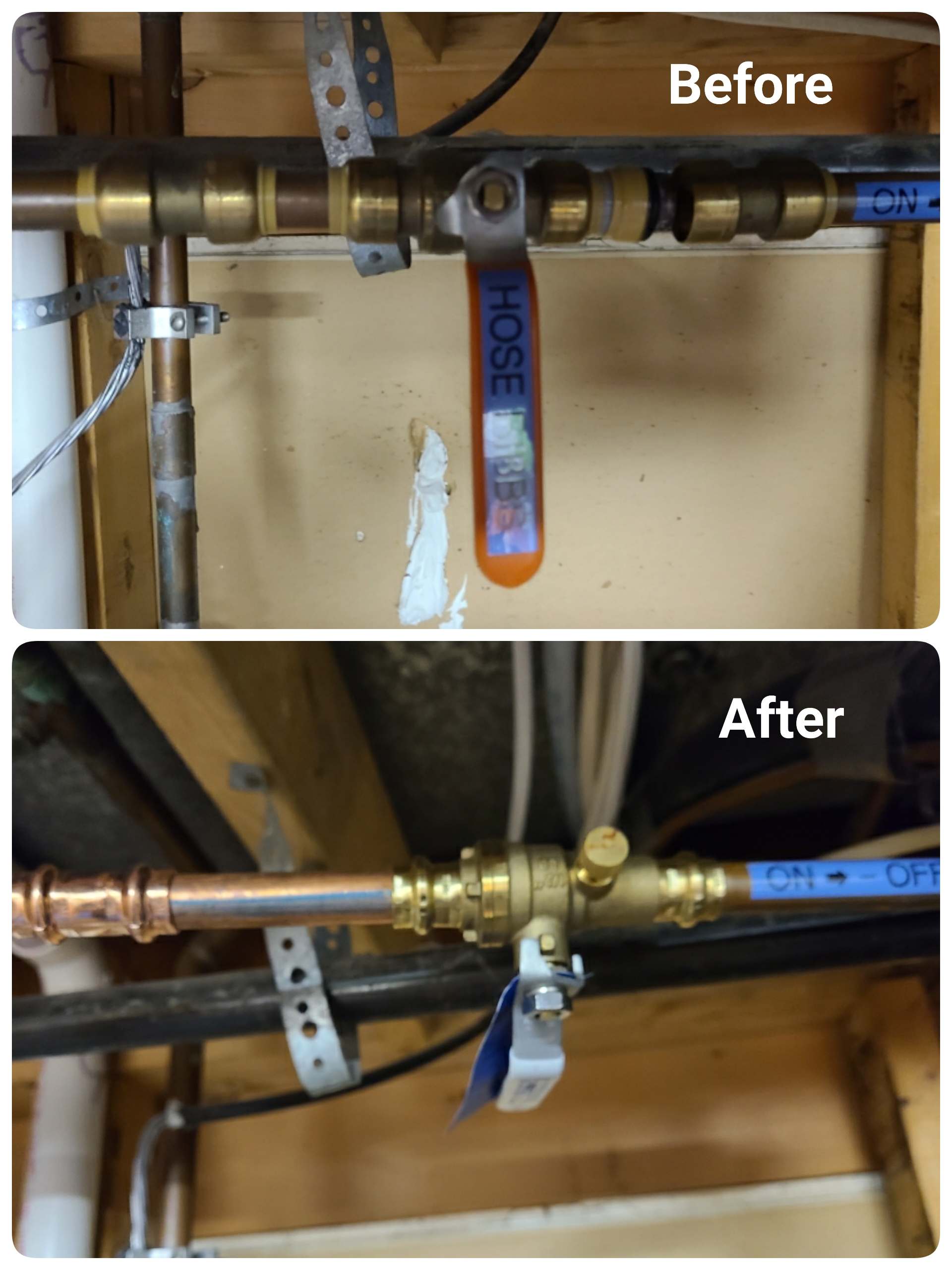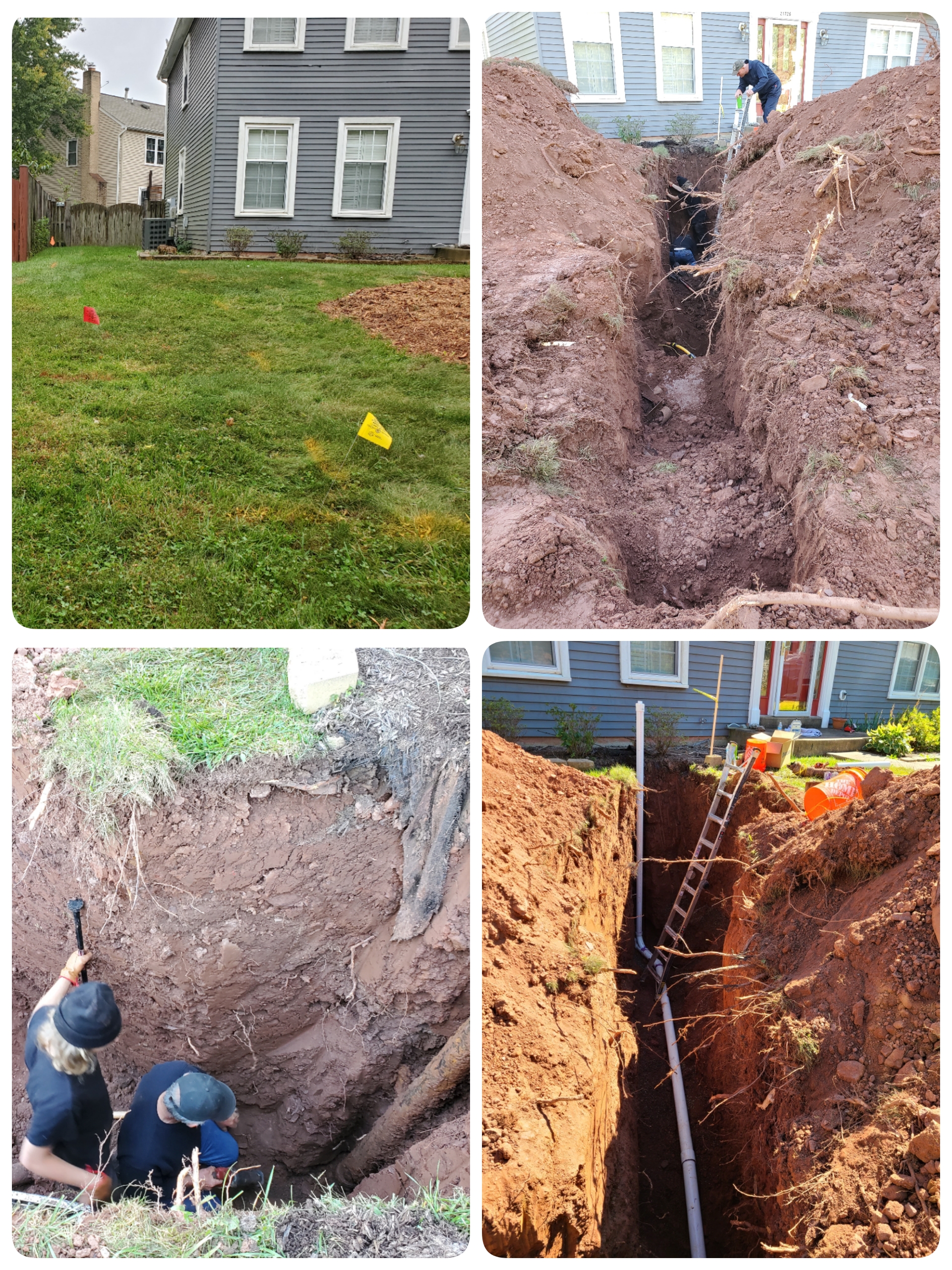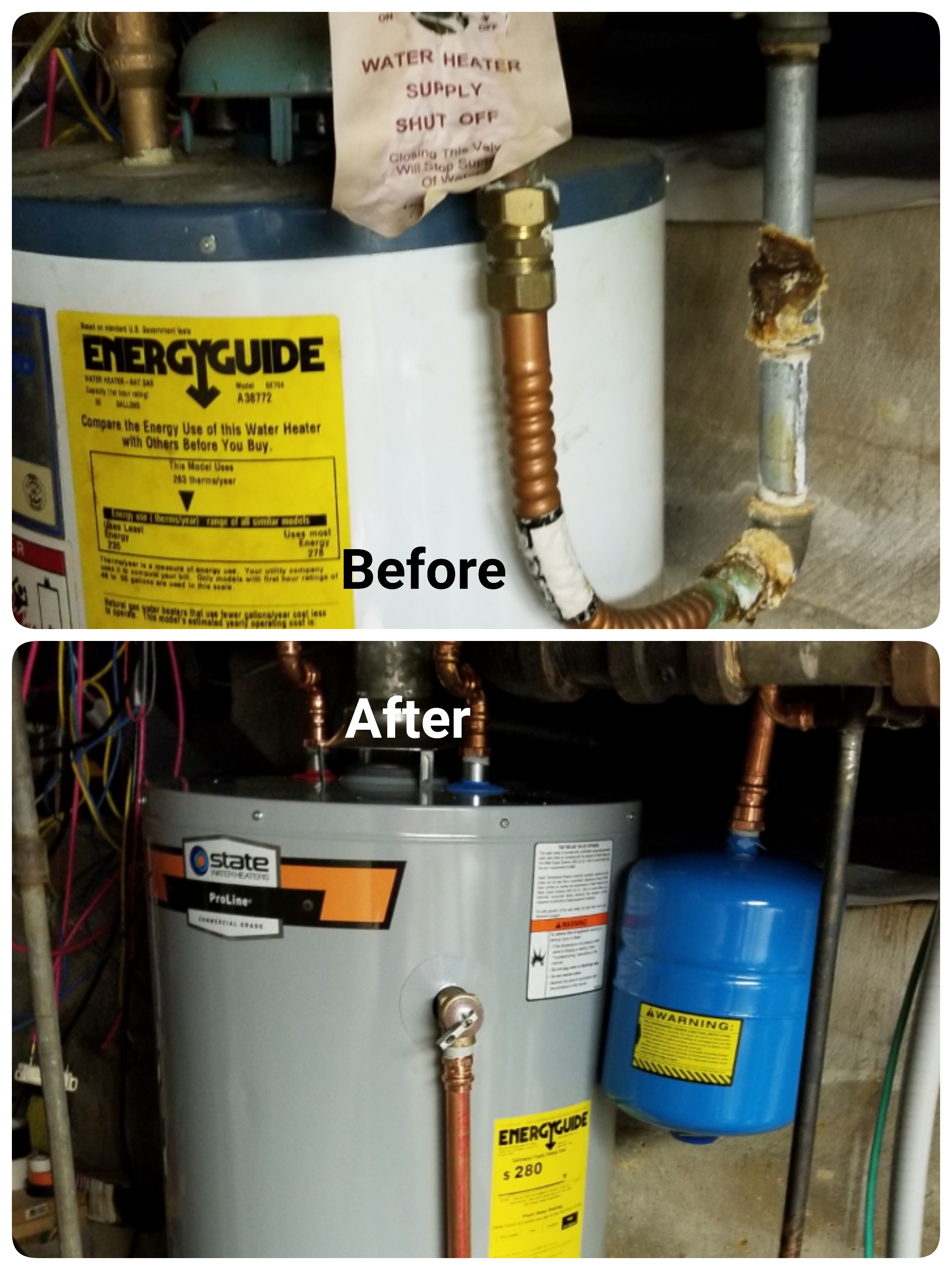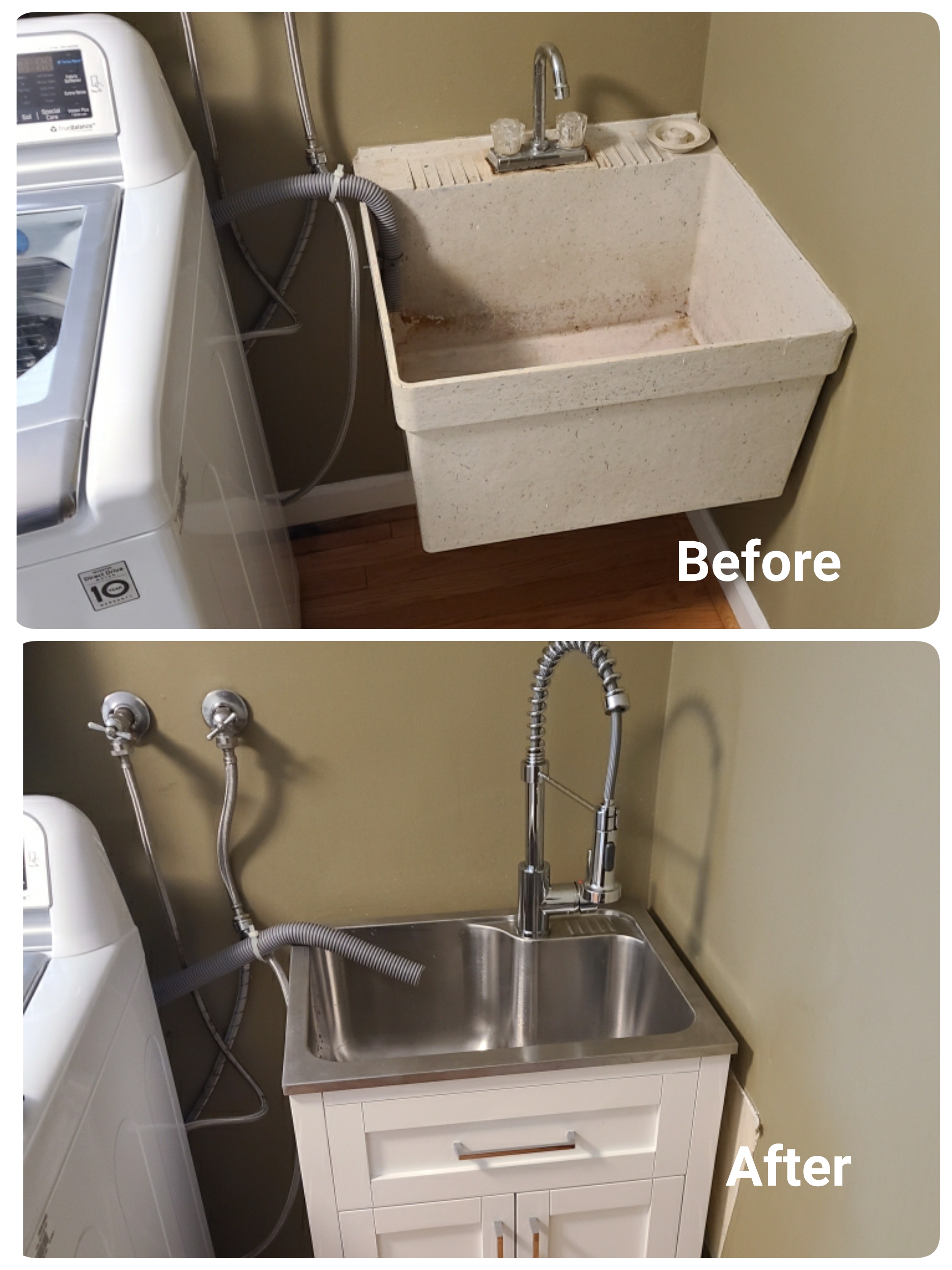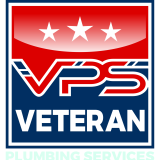Water Pump
Repair & Install 🔧
When it comes to maintaining a consistent water supply in your home, a fully functional water pump or grinder pump is non-negotiable. At Veteran Plumbing Services, we’re acutely aware of the disruption a failing water pump can cause to your daily life. That’s why we’re dedicated to providing reliable water pump repair and installation services to homeowners.
Five Pain Points of Water Pump Problems:
- Inconsistent Water Pressure: A faulty water pump can lead to a frustrating experience, with water pressure that varies or drops unexpectedly.
- Unreliable Water Supply: The inconvenience of having no water when you turn on the tap can throw off your entire day.
- Loud Noises: A water pump in disrepair can be noisy, causing a racket that can disturb the peace of your home.
- High Energy Bills: An inefficient water pump can increase your energy consumption, resulting in higher electricity bills.
- Potential Property Damage: Water pump leaks can lead to significant water damage, potentially harming the structure of your home and your belongings.
10 Problems Caused by an Old or Failing Water Pump:
- Sputtering faucets indicate air in the water lines.
- Short cycling of the pump leads to rapid wear and tear.
- Overheating due to prolonged use or mechanical failure.
- Water contamination from a compromised system.
- Increased maintenance costs as breakdowns become more frequent.
- Decreased lifespan of appliances that rely on consistent water pressure.
- Unexpected shutdowns leave you without water.
- The inconvenience of manual intervention to troubleshoot or start the pump.
- Deterioration of water pump components leads to costly repairs.
- Waterlogged tanks cause system inefficiencies and failures.
The Main Benefits of Water Pump Installation:
- Consistent Water Pressure: Enjoy a steady and reliable water flow for all your household needs.
- Uninterrupted Water Supply: With a new installation, expect a continuous water supply.
- Energy Efficiency: Modern pumps are designed to provide optimal water pressure while consuming less energy.
- Quiet Operation: New water pump models operate silently, preserving the tranquility of your home.
- Long-Term Savings: Investing in a new water pump can reduce the need for repairs and lower your utility costs over time.
Veteran Plumbing Services: Your Water Pump Experts
Whether dealing with a failing water pump or looking to upgrade to a more efficient model, Veteran Plumbing Services has the expertise to get the job done right. We offer comprehensive repair services to address immediate issues and professional installation services to ensure your home benefits from the latest water pump technology. Trust us to enhance the functionality and comfort of your home with expert water pump solutions.
Servicing homeowners in Fairfax, Prince William, and Loudoun Counties.
Frequently Asked Questions: Water Pump Panic? No-Nonsense Answers from Dennis, Veteran Plumbing Services!
Water Pump Repair & Installation
Q1: No water pressure! Faucets just dribbling, shower’s a joke! No water woe!
A: “Dribbling faucets? No pressure, no shower, no fun. No water pressure = pump problem likely. Pump dead? Breaker tripped? Well issue? Start troubleshooting, rookie, start with the pump.”
Q2: Pump motor humming, but no water moving. Humming but not pumping!
A: “Humming motor, lazy pump. Humming pump, no water = motor running, but not pumping. Impeller issue (stuck or broken). Or well is dry (no water for pump to pump!). Check well level first, then pump impeller.”
Q3: Pump runs non-stop, never shuts off! Pump obsessed with pumping!
A: “Pump runs marathon? Pump runs constantly = pressure switch problem (stuck ON) or leak in system. Pressure switch stuck? Or you got a major water leak somewhere. Pressure switch check first, then leak hunt.”
Q4: Pump cycles on and off, on and off, short bursts of water, then stops. Short cycling pump chaos!
A: “Pump short cycling? Annoying, yeah. Short cycling pump = low well water level or pressure tank issue. Low well level, pump sucks air. Or pressure tank waterlogged/bad bladder. Well check, pressure tank test time.”
Q5: No power to pump! Pump graveyard silence!
A: “Pump graveyard? Power problem, duh. No power to pump = tripped breaker or power outage. Check breaker box first, then power supply to pump. Simple electrical checks, rookie level stuff.”
Q6: Pump motor burned out – smells burnt, smoke maybe? Burnt motor blues!
A: “Burnt motor smell? Motor meltdown. Burnt pump motor = motor failure, needs replacement. Overworked pump, electrical issue, old age burnout. New pump motor or whole new pump.”
Q7: Pressure switch – what IS that little box thingy on the pump pipe? Pressure switch mystery box!
A: “Mystery box = pressure switch, pump brain. Pressure switch explained. Senses water pressure, tells pump when to turn ON and OFF to maintain pressure in your system. Broken switch = pump chaos (constant running or no running).”
Q8: Pressure tank – big metal tank next to pump? Pressure tank puzzle piece!
A: “Big metal tank = pressure tank, water buffer. Pressure tank purpose. Stores water under pressure, so pump doesn’t have to cycle on every time you open a faucet. Smoother water pressure, longer pump life. Bad tank = short cycling, poor pressure.”
Q9: Waterlogged pressure tank – waterlogged what-now? Tank gone soggy?
A: “Soggy tank, waterlogged tank. Waterlogged pressure tank. Air bladder inside tank failed, tank fills with water, no air cushion left. Short cycling, poor pressure. Replace pressure tank.”
Q10: Well pump – different than a regular pump? Well pump wilderness?
A: “Well pump wilderness, different beast indeed. Well pump vs. booster pump. Well pump (submersible or jet pump): pulls water up from well. Booster pump: increases pressure in city water systems already supplied with water, but low pressure. Different pumps for different water sources.”
Q11: Submersible well pump – down in the well water? Submerged pump mystery!
A: “Submerged pump mystery solved. Submersible well pump. Pump inside the well, underwater. Quiet, efficient, long lifespan usually. Replacing submersible pump = pulling it up from well (can be deep!).”
Q12: Jet pump – sits above ground, next to well? Jet pump above-ground action!
A: “Jet pump above ground, more accessible, louder maybe. Jet pump explained. Pump above ground, pulls water from well using suction/jet action. Noisier than submersible, can lose prime (lose suction). Easier to access for repairs (above ground).”
Q13: Shallow well vs. deep well pump – depth difference? Well depth dilemma!
A: “Well depth dilemma, depth matters for pump choice. Shallow well vs. deep well pump. Shallow well (25 ft or less depth): jet pump can work. Deep well (over 25 ft): submersible pump needed. Pump type depends on well depth, pulling water uphill ain’t easy.”
Q14: Foot valve – valve at bottom of well pipe? Foot valve function riddle!
A: “Foot valve function riddle, check valve at well bottom. Foot valve purpose. Check valve at bottom of well pipe in jet pump systems. Keeps water in pump pipe when pump shuts off (prevents losing prime). Bad foot valve = losing prime, pump struggles to pump water.”
Q15: Prime the pump – what does “priming” a pump even mean? Pump priming perplexity!
A: “Pump priming perplexity, getting pump ready to pump. Priming a pump explained (jet pumps). Filling pump housing and suction pipe with water initially to get it started pumping. Jet pumps can lose prime (air in lines). Priming gets rid of air, allows pump to create suction and pull water.”
Q16: Well water tastes/smells funny after pump work. Well water weirdness after repair!
A: “Well water weirdness after pump work, common but fixable. Well water taste/smell change after pump work. Disturbing sediment in well during pump work. Flush plumbing system thoroughly. Run outside hose bib until water runs clear. Sediment usually clears out in a bit.”
Q17: Sand in well water after pump install/repair. Sandy water surprise!
A: “Sandy water surprise, grit in your glass. Sand in well water after pump work. Pump disturbing sediment at bottom of well. Let well settle. Run outside hose bib to flush sand. Excessive sand = bigger problem – well issue or pump too powerful for well.”
Q18: Water pump pressure setting – can I adjust it myself? Pressure setting twiddling temptation!
A: “Pressure setting temptation, be careful there rookie. Water pump pressure switch adjustment. Can adjust pressure switch settings, but know what you’re doing. Incorrect setting = pump damage or poor pressure. Usually factory settings are best. Plumber adjustment recommended if needed.”
Q19: How long should a water pump last? Pump lifespan lottery?
A: “Pump lifespan lottery, kinda like Vegas odds. Water pump lifespan. Average 8-15 years, submersible might last longer. Jet pumps maybe slightly less. Lifespan depends on pump quality, run time, water quality, usage. Don’t expect pumps to be immortal.”
Q20: Booster pump installation – DIY booster pump install doable? Booster pump DIY dilemma?
A: “Booster pump DIY dilemma, maybe maybe not. DIY booster pump install. Can DIY if basic plumbing skills and understand wiring. But… plumbing connections, electrical wiring, proper sizing crucial. Not confident? Call a plumber. Boosted pressure needs proper install.”
Q21: Well pump installation – DIY well pump replacement – crazy DIY idea? Well pump DIY danger zone?
A: “Well pump DIY danger zone, unless you’re a pro, step back rookie. DIY well pump replacement – NOT recommended for homeowners. Submersible pump – heavy lifting, electrical wiring underwater, well safety risks. Jet pump – plumbing, wiring, priming hassles. Hire a licensed well pump contractor. Well work is pro territory, safety and reliability matter most for your water supply.”
Q22: Cost of water pump replacement – pump price shock?
A: “Pump price shock, yeah, water pumps ain’t free. Water pump replacement cost. Submersible well pump (pump only): $300-$1200+. Jet pump (pump only): $200-$800+. Booster pump (pump only): $200-$600+. Installation labor extra, and well pumps often pricier install due to complexity and depth.”
Q23: Water pump installation cost – plumber/well driller labor fees? Labor cost water well?
A: “Labor woe for water wells, deeper the well, pricier the install. Water pump installation cost (labor). Booster pump install: $200-$500+. Jet pump install: $300-$800+. Submersible well pump install: $800-$2500+ (deeper wells, more labor). Well pump labor pricier due to specialized skills and equipment.”
Q24: Well inspection – should I get my well inspected regularly? Well checkup wisdom?
A: “Well checkup wisdom, preventative well care. Well inspection frequency. Annual well inspection recommended, especially for private wells. Check well water quality, pump system health, well casing integrity. Well water quality and pump reliability – good reasons for annual checkup.”
Q25: Okay Dennis, bottom line – water pump acting up… DIY fiddle or call Veteran Plumbing ASAP? Water wisdom needed!
A: “Water wisdom time, listen up! Water pump problem – DIY or pro plumber?. Simple stuff – check breaker, reset button, maybe carefully prime jet pump if you know what you’re doing. *Anything more complex – pump replacement, electrical wiring, well work, pressure tank issues, unsure what’s wrong – CONTACT OUR LICENSED PLUMBERS! Water is essential. Don’t gamble with your water supply. We’re water whisperers, we got this. Contact us before your house becomes a desert wasteland.”
Don't let water pump troubles disrupt your daily routine.Let's Fix That Water Pump🔧
Same Day EstimatesPlumbing Services Areas
Fairfax County, VA
If you’re in Fairfax County, VA, here’s a list of all the towns and cities we proudly serve:
- Alexandria
- Annandale
- Burke
- Centreville
- Chantilly
- Clifton
- Dunn Loring
- Fairfax
- Fairfax Station
- Falls Church
- Fort Belvoir
- Great Falls
- Herndon
- Lorton
- McLean
- Merrifield
- Oakton
- Reston
- Springfield
- Vienna
Loudoun County, VA
We’re ready to serve you if you’re in Loudoun County, VA. Here are all the towns and cities we proudly cover:
- Aldie
- Ashburn
- Bluemont
- Chantilly
- Dulles
- Hamilton
- Hillsboro
- Leesburg
- Lincoln
- Lovettsville
- Lucketts
- Middleburg
- Paeonian Springs
- Philomont
- Purcellville
- Round Hill
- South Riding
- Sterling
- Waterford
Need plumbing help in any of these areas? Veteran Plumbing Services is here to help!
Prince William County
If you’re in Prince William County, VA, we’re ready to serve you. Here are all the towns and cities we proudly cover:
- Bristow
- Catharpin
- Dale City
- Dumfries
- Gainesville
- Haymarket
- Manassas
- Manassas Park
- Nokesville
- Quantico
- Triangle
- Woodbridge
Need plumbing help in any of these areas? Veteran Plumbing Services has you covered!
